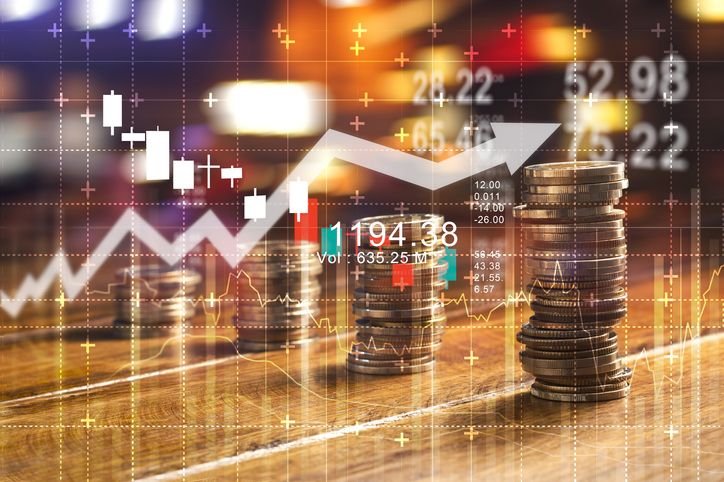Debt levels across developed nations have ballooned due to the covid-19 pandemic while sustainability issues, such as climate change, keep growing.
The OECD estimated, in a 2020 sovereign borrowing outlook, that covid will see debt levels jump 30% to a staggering $28.8trn (€24.59trn) in 2020.
In tandem, OECD economies are facing the deepest recession since the 1930s and are projected to contract by 7.5% in 2020.
But in the middle of difficulty lies opportunity; and the World Bank Group has suggested that instruments such as green bonds could help drive the recovery and promote green growth.
Throw off the shackles of debt
Speaking at its annual meeting, Jürgen Zattler, World Bank Group executive director representing Germany, explained that this is the time to identify future sources of growth: “We are facing the biggest crisis for developing countries ever. We have negative growth.”
Just as globalisation served as the previous source of growth and just as “new rules of the game” and a new economic model were set up after the great depression, green growth could be the motor for this crisis to throw off the shackles of debt, he suggested.
A 2016 analysis by the IFC showed that 21 emerging market economies alone hold $23trn in climate-smart investment opportunities through 2030.
But Fatima Laher, chief of staff at the Johannesburg Stock Exchange, explained that, so far, governments have not taken advantage of sustainable growth opportunites.
She said: “While trillions of dollars in fiscal stimulus have been announced in response to the covid-19 crisis, it is estimated that just 30% of this is targeted at sectors that impact the environment.”
Laher also cited a recent report which stated that the G20 countries have pledged $207bn in climate-damaging fossil fuel stimulus measures compared to $137bn dollars for clean energy.
Green bonds
To guide capital markets and finance this growth, the World Bank, the European Commission and the German state development bank KfW, can play an important role by issuing green bonds, Zattler said.
Pointing to the potential of the market and its recent growth, Zattler said: “Already this year, we have seen $200bn of issuances of green bonds […] last week, we have reached issuances of $1trn of green bonds and the expectation is that this will increase to $2trn in 2023.”
Germany issued its first green sovereign bond with an innovative ‘twin’ concept this year, and Tim Armbruster, treasurer of the KfW, said that the bank has issued €28bn green bonds so far.
The growth of the green bond market is also expected to get a considerable boost from the €750bn EU recovery package.
Marcel Haag, director for horizontal policies at the directorate-general for financial stability, financial services and capital markets union at the European Commission, said: “President von der Leyen has announced that the Commission will issue green bonds to finance 30% of its corporate recovery package […].
“That will be a game changer for the green bond market because it will be, for the first time, [that] this kind of volumes are being issued by the public sector.”
The planned EU Green Bond Standard could help to bring standardisation at the international level.
“Ideally, we would all convert to a global green bond standard or set of green bond standards. In our work in the EU, we are looking at what other jurisdictions are doing, and what international bodies are doing, and we have also created an international platform on sustainable finance (IPSF) which brings together 14 jurisdictions from all over the world.”
Zattler emphasised that, in addition to developing green standards, mobilising the private sector is key for the development of the market.
“I hope that this crisis will be an opportunity for fostering the green transformation, by having green bonds as a dynamic piece of the financing puzzle,” he commented.







